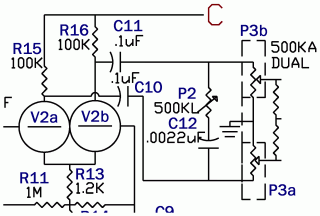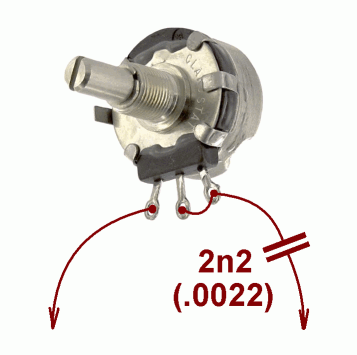Voltages
Hello,
finally I read the entire post, still I have a doubt about the power trafo.
Before in this post, a schematic has been posted. The schemo showed voltages of:
-A: 325V
-B: 320V
-C: 290V
-D: 265V
Now you say that A = 180V.
1) Which is correct??
2) Can that difference be due to different versions of the OTT??
3) If you know the A voltage, is there a way to calculate B, C and D without measuring or simulate with Spice??
4) How have been calculated the voltages in the previous example??
Originally posted by Thomeeque
View Post
finally I read the entire post, still I have a doubt about the power trafo.
Before in this post, a schematic has been posted. The schemo showed voltages of:
-A: 325V
-B: 320V
-C: 290V
-D: 265V
Now you say that A = 180V.
1) Which is correct??
2) Can that difference be due to different versions of the OTT??
3) If you know the A voltage, is there a way to calculate B, C and D without measuring or simulate with Spice??
4) How have been calculated the voltages in the previous example??

 It's probably passé for you now, but I'll answer anyway..
It's probably passé for you now, but I'll answer anyway..


Comment